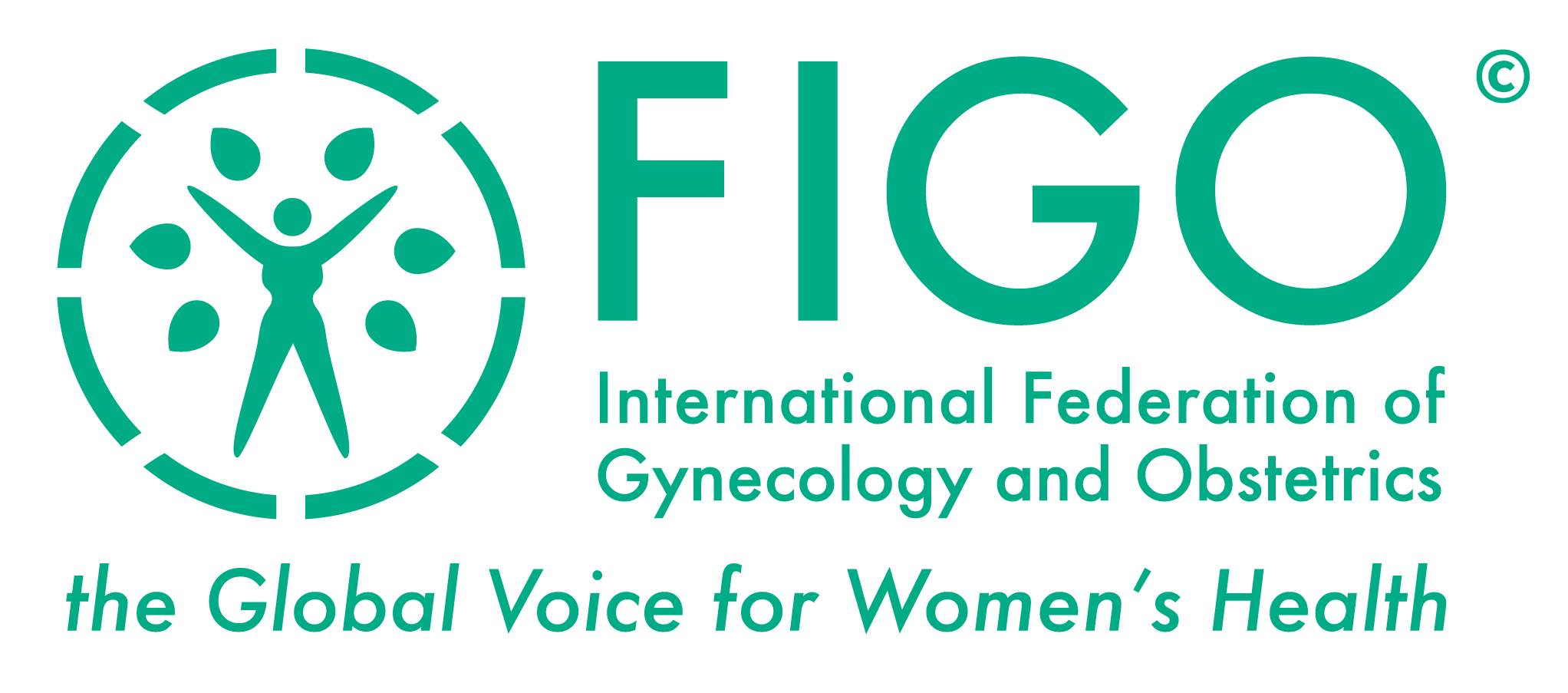
7. Clomiphene citrate as empiric treatment: Clomiphene citrate is frequently used empirically in ovulating women to stimulate the development of more than one follicle in the hope it will increase pregnancy rates. Its value in most infertile couples remains unproven.
Clomiphene citrate is widely used with or without intrauterine insemination (IUI) as an empiric treatment in the hope that it will increase the number of follicles and bring sperm into closer approximation with the oocyte(s). Empiric treatment is used when the cause of the disease is unknown or the treatment used is not specific to the supposed cause of the disease. Simple empiric treatment involves the couple in their management and can serve as a cheaper alternative to more costly empiric treatment such as in vitro fertilization (IVF).
As with many other empiric therapies, however, this use is not consistently supported by unbiased evidence and the treatment is not free from harm. Although empiric therapy has been used mainly among couples with unexplained infertility, the principles also apply to couples with a supposed reason for their infertility if they have not responded to conventional therapy.
Among several trials that compared clomiphene treatment with placebo among couples with unexplained infertility, only two are sufficiently free from bias (Bhattacharya, 2008; Fisch, 1989) to provide information on effectiveness. The larger trial involved a 50 mg dosage for five days per cycle among 385 couples with 2.5 years median duration of infertility. The pregnancy rates were 14% in the treated couples and 17% in the untreated couples. This trial was sufficiently well-powered to rule out a likely benefit from using clomiphene citrate at a 50 mg dose as an empiric treatment. The other trial, however, opens a window on a potential benefit in couples with longer duration of infertility. This trial involved a 100 mg dosage for five days per cycle among 148 couples with 4.3 years mean duration of infertility. The pregnancy rates were 13% in the treated couples and 6% in the untreated couples, a difference which was not significant. It is interesting that the pregnancy rate with 100 mg CC (13%) was not higher than with the 50 mg dose (14%).
| Authors | Fisch et al., 1989 | Bhattacharya et al., 2008 |
|---|---|---|
| Number of couples | 148 | 385 |
| Duration of infertility (yrs) | 4.3 | 2.5 |
| Pregnancy rate (%) | ||
| Clomiphene | 13 | 14 |
| Control | 6 | 17 |
While both trials achieved similar pregnancy rates with clomiphene citrate treatment, the pregnancy rates in the controls were different: 17% in those with an average of 2.5 years of infertility and 6% in those with 4.3 years. The Fisch et al trial lacked power to rule out the possibility that clomiphene had no effect in couples with a longer duration of infertility. Thus, clomiphene citrate is not a useful empiric treatment, although the studies lack the power needed for a definitive answer among women and men with duration of infertility of more than four years. Any response to empiric therapy is likely to occur with 3-6 cycles of treatment.
Interim summary
- The evidence shows that clomiphene citrate is not an effective empiric treatment for patients with less than three years duration of infertility.
- The evidence is inconclusive about clomiphene citrate as an empiric treatment for patients with three or more years duration of infertility.
